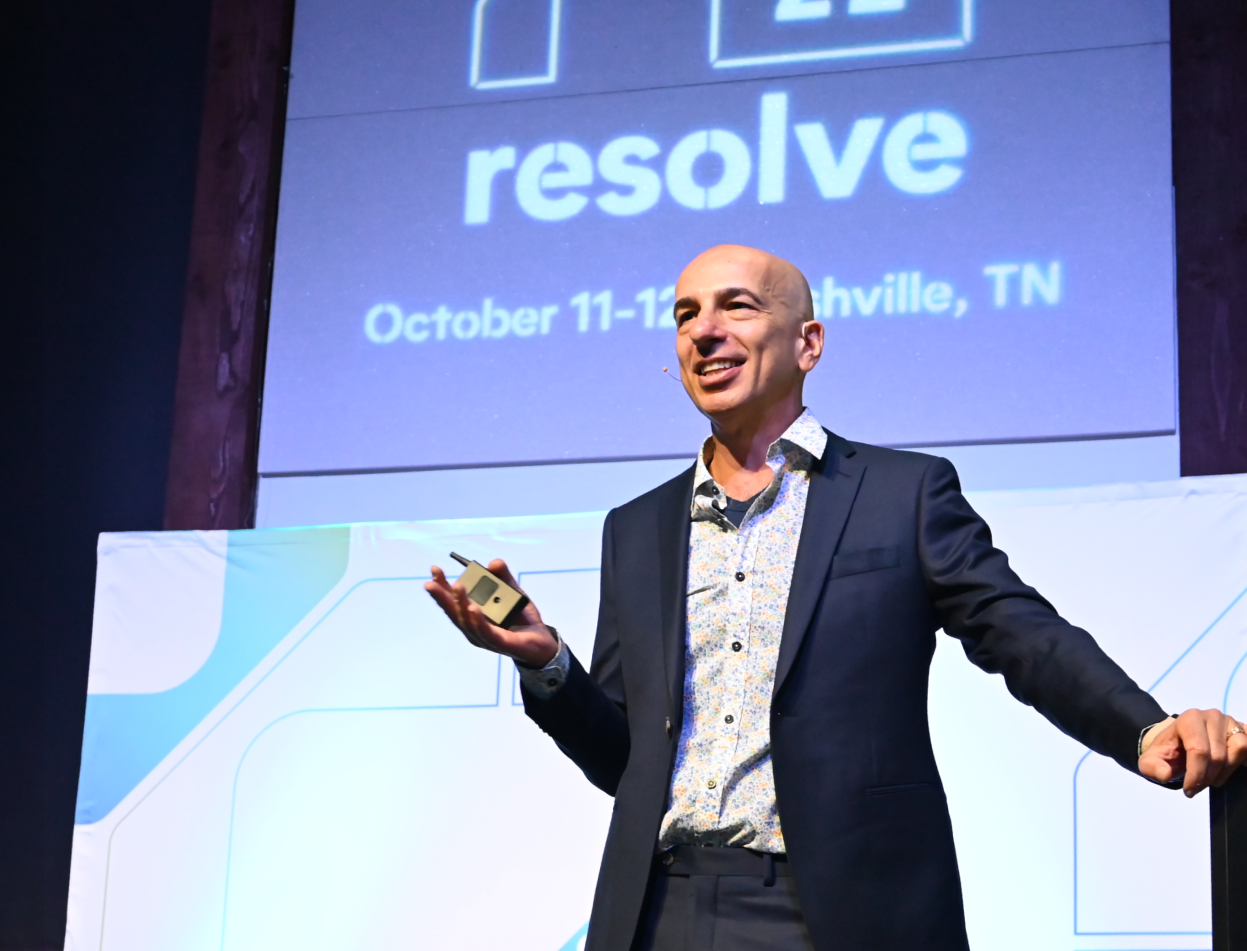Sometime in the mid-2000s, Mike Milburn was in Gwinner, North Dakota.
Then an implementation lead for Salesforce, he was about to embark on a contact center sprint, aiming to implement Service Cloud at Bobcat Company in just five days.
The schedule was as follows: fly in Monday, meet with the team that afternoon, design it on Tuesday, build on Wednesday, train on Thursday, and go live on Friday. Then, repeat.
“That year, I did 52 of those,” Milburn says. “I worked 52 weeks that year, and I built 52 call centers.”
Milburn would later become the Chief Customer Officer at Salesforce before eventually becoming CEO and co-founder of Pimly. But his year-long contact center marathon would serve as a foundation of sorts for the entirety of his customer service journey.
“When you build a lot of something, you get really good at understanding what works and what doesn’t work,” he says.
From the mid-2000s to now, here are a few of his biggest lessons that every contact center leader can learn from.
Contact centers have become crucial to businesses’ core missions
Fifteen years ago, contact centers were relatively separate from businesses – both physically and figuratively.
A combination of server rooms and telephony cards powered a call center that was often far away from a company’s headquarters. Organizationally, it was common for the contact center to be similarly cordoned off.
“Back then, service reported into the CIO or service reported into the line of business,” Milburn says. “You could just tell that it was a secondary thought or a third thought, or a fourth thought.”
As consumers became more selective with their spending and customer expectations rose, service has become front and center for every business.
“Whether you’re a footwear maker, an apparel maker, a food manufacturer or restaurant, we just keep getting reminded that customer service and returning customers matter more than ever,” Milburn says. “If you think about how far customer service has come, it’s the fact that every great brand now has a service strategy.”
That trend, which continues today, has made the contact center more central to a business’ bottom line than ever.
Agents know your customer – and your business
Agents can be characterized by two traits. The first is the immense work they put into their job. They’re required to learn about a request before each interaction, figure out what’s wrong and help that customer in a very short period of time.
“That’s a hard, stressful job,” says Milburn. “The service discipline is a very taxing and demanding discipline.”
The second is their immense value, not just to customers, but to businesses as well. By nature, agents know your customers, they want to move quickly, and they want to help.
Because every new contact center solution impacts agents as much as customers, involving them early and often is always a winning strategy, Milburn says: “I loved hearing agents say things like, ‘I wish we could do this,’ or ‘there’s really some fundamental problems that we got to fix,’ or ‘we’re scared of that,’ or ‘here’s where we failed in the past.’”
Simplicity gives contact centers scalability
Bringing about transformational change in the contact center is no easy task. For Milburn, contact centers that were best positioned to accomplish it were often characterized by simplicity.
“From a metrics standpoint, if it was really easy to understand where they were from a KPI standpoint – whether traditional CSAT or NPS or handle time – any of those clear, easy, digestible metrics to me symbolized leadership,” he says.
“The other thing that I looked for a lot was the organization around the agent or the system,” he says. “Experience and architecture matter and when you see folks with windows and screens and everything happening everywhere, usually that was a symptom of complexity and a lack of simplification.”
Every industry has its unique challenges
Hold times or customer satisfaction scores that are below market averages can sometimes be the hard truth of an industry or company’s environment. What’s more important, says Milburn, is that contact center leaders strive to make improvements, regardless of their situation.
“Some of those industries that have those symptoms are just really hard, old industries,” he says. “They have these really big, intrinsic challenges and they’re big for a reason. I think there’s a middle ground to walk on. It’s, ‘are you making improvements?’ ‘Are you showing commitments towards service rather than ignoring it?’”
AI automation is achievable for every contact center
No matter your industry, size or unique challenges, AI-powered automation has become a proven solution to bring about both incremental and transformational changes to the contact center. And as daunting as it may seem, almost every contact center is only a few short months away from launching an automation solution that fully resolves calls, eliminates wait times, and significantly reduces operating costs.
To achieve improvements with a solution like AI, proving value and eliminating risk are key to getting business buy-in.
“It’s one thing to technically prove it. It’s another thing to get the business on board,” Milburn says. “When you show the business that a solution is going to be safe and secure, it will bring innovation, and you can move at the same side of business, it tends to speed along that process.”




